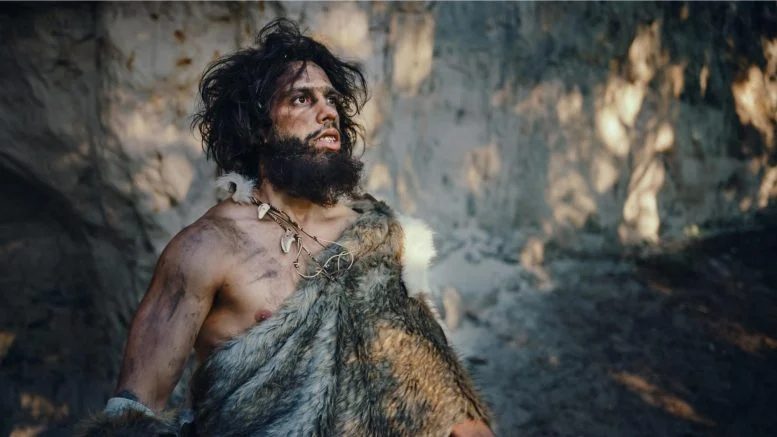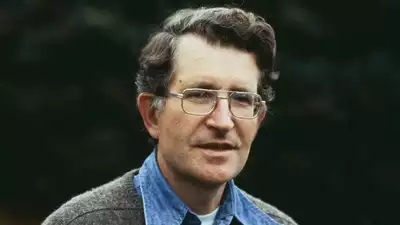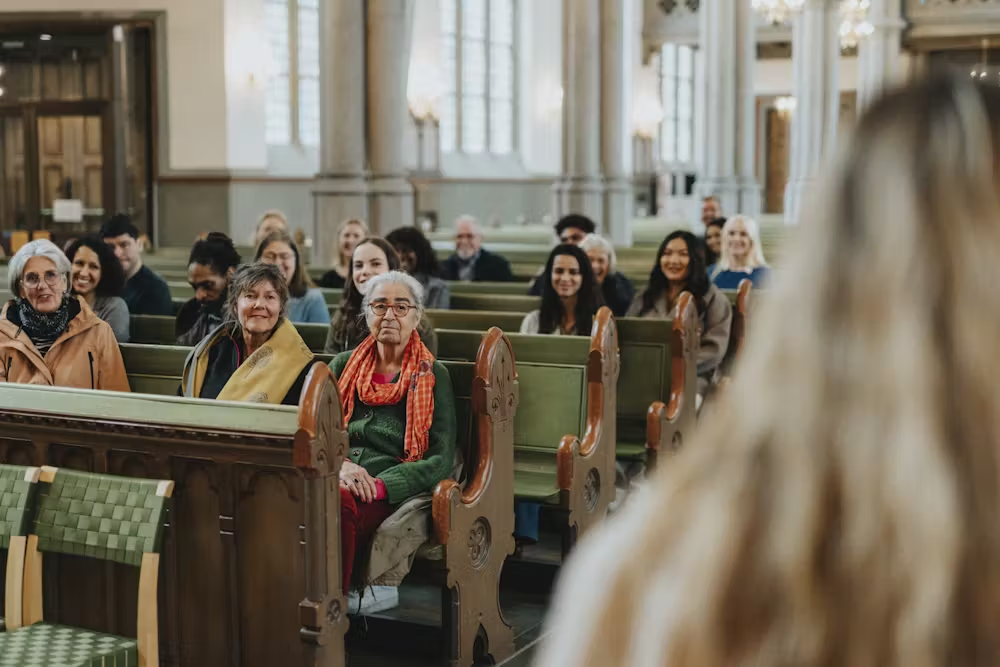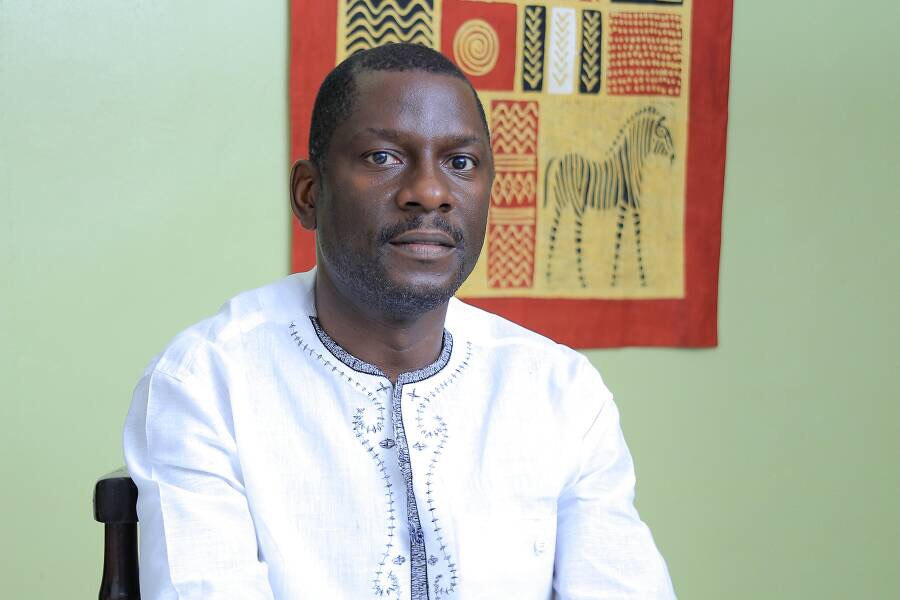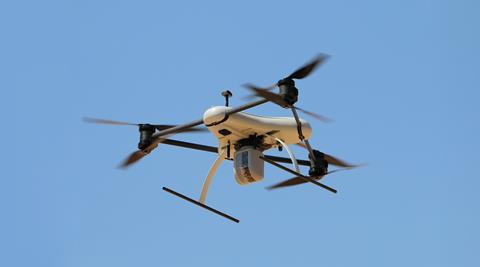A recent study challenges conventional wisdom by emphasizing the importance of human interactions in the transition from hunting and gathering to agriculture.
This shift, which occurred around 12,000 years ago, marked the end of a foraging lifestyle that had sustained humanity for hundreds of thousands of years. It has been widely explored in popular works like Sapiens: A Brief History of Humankind by Yuval Noah Harari.
New Mathematical Model Challenges Traditional Theories
Researchers from the University of Bath, the Max Planck Institute for Evolutionary Anthropology, the University of Cambridge, UCL, and other institutions have developed a new mathematical model that challenges the traditional view that the shift to agriculture was primarily driven by external forces like climate change, increased rainfall, or the formation of fertile river valleys.
Instead, the study shows that humans were active agents in this transformation. Differences in population growth and mortality, shaped by competition between hunter-gatherers and early farming communities, played a key role in how agriculture spread and developed across different regions.

Applying Predator-Prey Models to Human Societies
Using a model originally designed to study predator-prey interactions, the researchers examined how early farmers and hunter-gatherers may have influenced each other. The results suggest that early farming societies spread through migration, competition, and cultural exchange, reshaping how hunter-gatherers lived and interacted with their environment.
Dr Javier Rivas, from the Department of Economics at the University of Bath, said: “Our study provides a new perspective on prehistoric societies. By statistically fitting our theoretical predator-prey model to observed population dynamics inferred from radiocarbon dates, we explored how population growth shaped history and uncovered interesting patterns—such as how the spread of farming, whether by land or sea, influenced interactions between different groups. More importantly, our model also highlights the role of migration and cultural mixing in the rise of farming.”
Dr Javier Rivas added: “We hope the methods we’ve developed will eventually become a standard tool for understanding how populations interacted in the past, offering fresh insight into other key moments in history, not just the shift to farming.”
Reference: “Demographic interactions between the last hunter-gatherers and the first farmers” by Alfredo Cortell-Nicolau, Javier Rivas, Enrico R. Crema, Stephen Shennan, Oreto García-Puchol, Jan Kolář, Robert Staniuk and Adrian Timpson, 31 March 2025, Proceedings of the National Academy of Sciences.
DOI: 10.1073/pnas.2416221122
This research was funded by the European Research Council.

